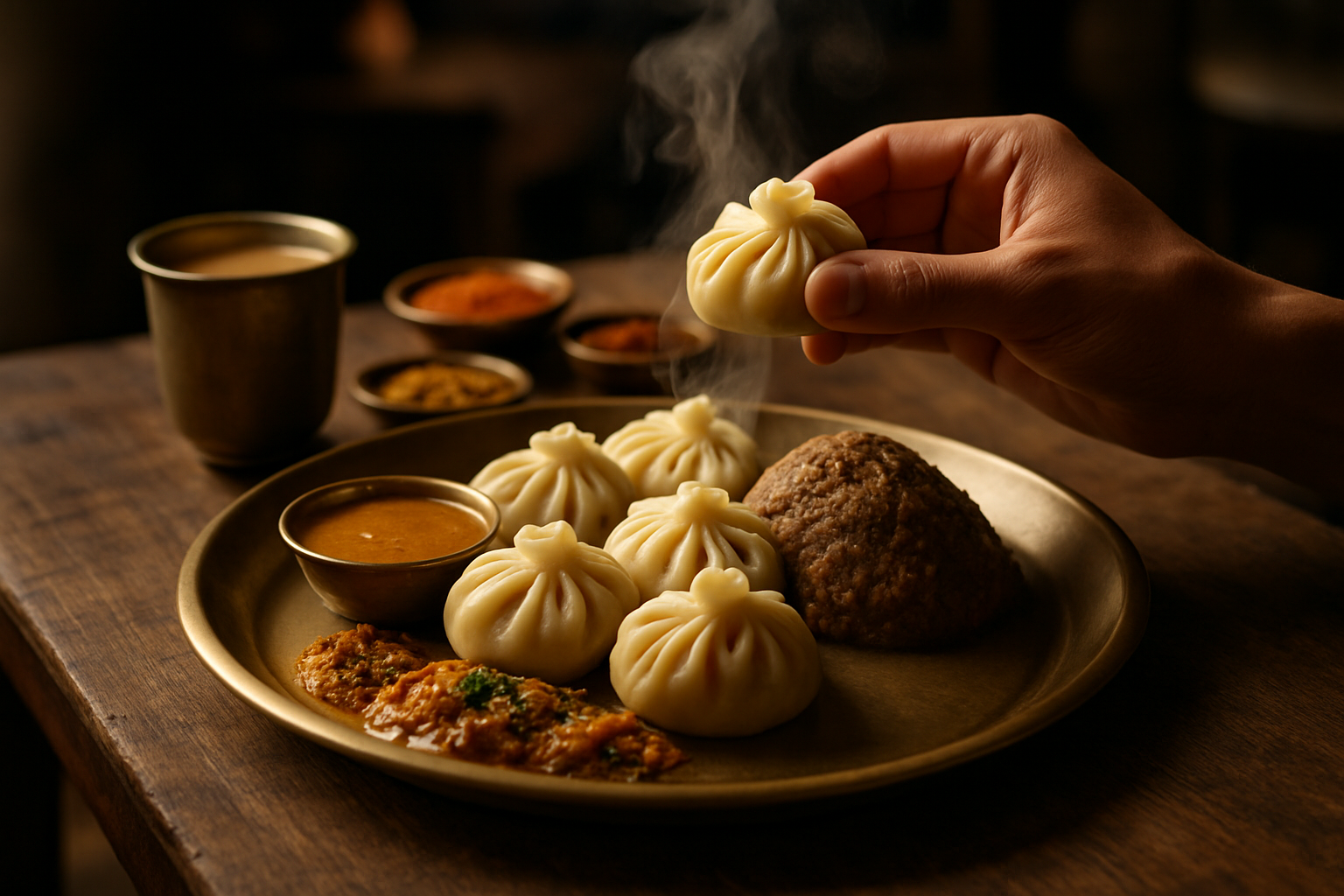"Savoring the Artistry of Nepalese Cuisine: From Momo to Dhido"
Nepalese cuisine, a tantalizing blend of flavors, colors, and textures, offers an unmatched culinary experience. With recipes passed down through generations and a rich tradition of food as an integral part of culture and community, Nepalese food is more than just a meal - it's an experience.

Unveiling the Charm of Nepalese Cuisine
Nepalese cuisine is a veritable symphony of flavors, blending unique spices and ingredients to create dishes that are as delicious as they are diverse. From the hearty momo dumplings to the nutritious dhido, Nepalese food is marked by its variety and versatility.
The Iconic Momo
Momo, arguably Nepal’s most famous dish, is a type of dumpling filled with meat or vegetables. The filling is enveloped in a thin dough and then steamed or fried. The result is a flavorful, fragrant bite that is often enjoyed with a side of spicy tomato achar.
Dhido: A Taste of Tradition
Dhido, a traditional dish often called the national food of Nepal, is a type of porridge made from cornmeal or millet flour. It is often served with gundruk (fermented leafy greens) and achar, offering a balanced meal that is both nutritious and satisfying.
The Spice of Life: Nepalese Masala
Nepalese cuisine is known for its unique blend of spices, often referred to as masala. This mix usually includes cumin, coriander, ginger, garlic, fenugreek, and turmeric, all of which contribute to the distinctive flavor profile of Nepalese dishes.
The Intricacies of Nepalese Tea
Tea is a staple in Nepalese culture, not just as a beverage but also as a symbol of hospitality. The most common variety, masala tea, is a blend of black tea, milk, sugar, and spices, offering a warming and comforting drink.
-
Some Interesting Nuggets about Nepalese Cuisine:
-
Momo, originally a Tibetan dish, has been adopted and adapted by the Nepalese.
-
Dhido is considered a “poor man’s meal” but is appreciated by all for its hearty and satisfying nature.
-
The spices used in Nepalese cuisine have health benefits, including aiding digestion and boosting the immune system.
-
In conclusion, Nepalese cuisine, with its diverse flavors, unique ingredients, and rich cultural significance, offers a unique culinary journey. By exploring these traditional dishes and the stories behind them, we can gain a deeper appreciation for the artistry and community embedded in Nepalese food culture. So, next time you’re looking for a culinary adventure, why not journey to the heart of the Himalayas with a taste of Nepalese cuisine?





